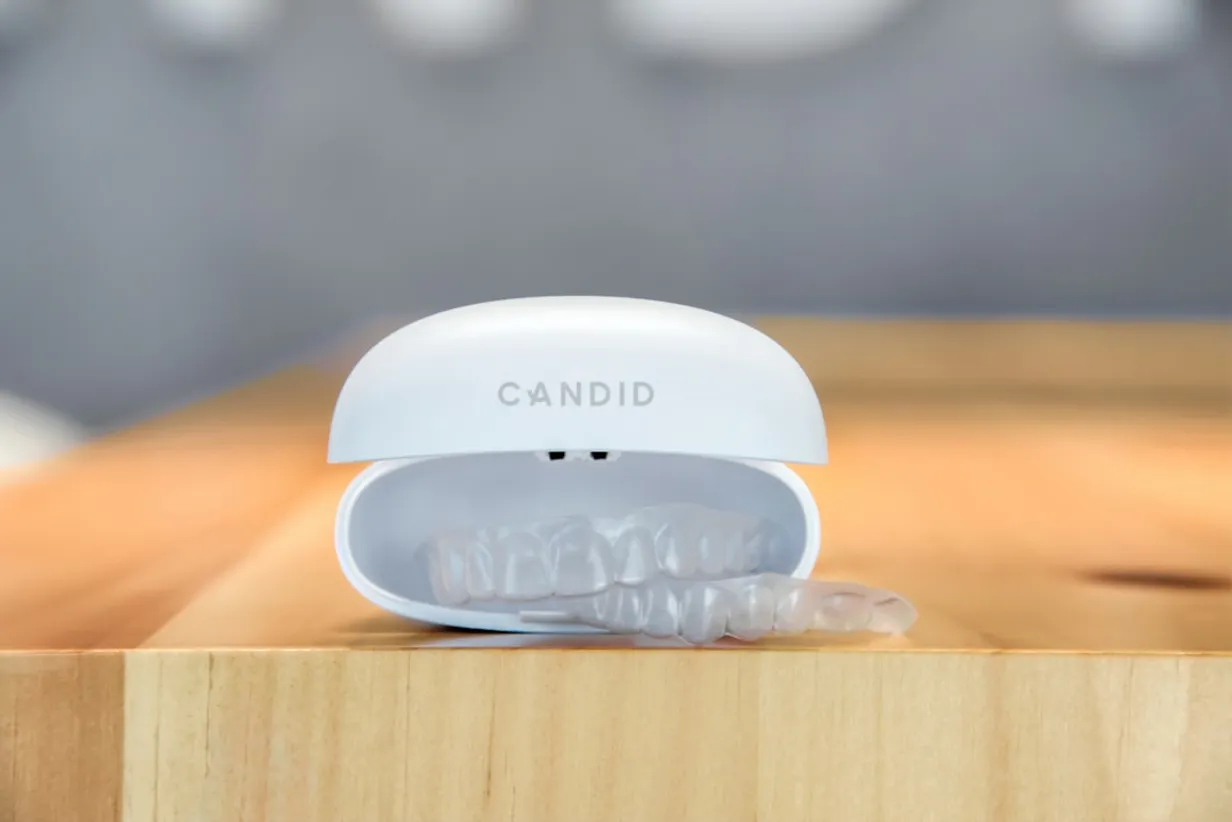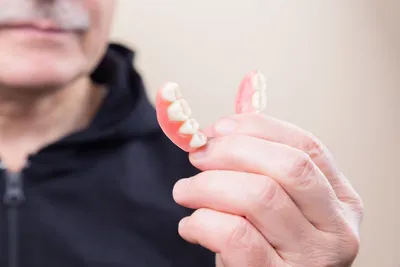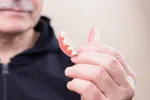
Understanding the Role of Flossing in Oral Health
Flossing is often underrated, yet it plays a pivotal role in maintaining oral health. By cleaning the areas between your teeth that your toothbrush can't reach, flossing helps prevent plaque build-up, reduces the risk of cavities, and prevents gum disease. It's an essential part of a comprehensive dental hygiene routine.
The Benefits of Regular Flossing
Prevention of Gum Disease
Gum disease begins with the accumulation of plaque on and between your teeth. Regular flossing removes this plaque before it hardens into tartar, reducing the risk of gingivitis and more serious gum diseases.
Reduction of Cavities
Cavities often start between the teeth where toothbrush bristles can't easily reach. Flossing extracts food particles and plaque from these areas, significantly reducing the chance of decay and cavities.
Fresh Breath
Bad breath can result from the lingering bacteria and food particles. Flossing, by removing these, enhances your breath freshness, giving you confidence in social and professional settings.
How to Floss Effectively: Step-By-Step Guide
Choosing the Right Floss
There are various floss types available, including waxed, unwaxed, dental tape, and even electric flossers. Choose one that feels most comfortable for you to ensure you stick to a regular routine.
Executing the Flossing Technique
1. Break off about 18 inches of floss. Wrap the ends around your middle fingers, leaving about 2 inches of floss to work with.
2. Gently slide the floss between your teeth using a soft, back-and-forth motion.
3. Curve the floss into a 'C' shape against the side of the tooth. Gently rub the floss up and down, ensuring it goes below the gum line.
4. Repeat for each tooth with a fresh section of floss.
Incorporating Flossing into Your Daily Routine
Consistency is key when it comes to flossing. Incorporate it into your daily oral care routine by setting a specific time each day, such as in the evening before bed, to ensure it becomes a long-lasting habit.
Conclusion
Flossing is an indispensable component of oral health care. By incorporating it into your daily routine, you can enjoy better oral health, reduced risk of gum disease, and fresher breath. Remember, it's never too late to start flossing regularly and make it a fundamental part of your dental care regimen.
Popular Oral Health Articles
Explore the articles our readers find most helpful, ranging from basic dental care tips to advanced oral health topics.



Related Posts
View All
Emergency Tips for Handling Denture Repairs

